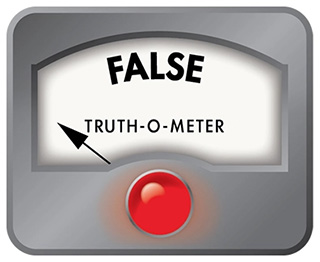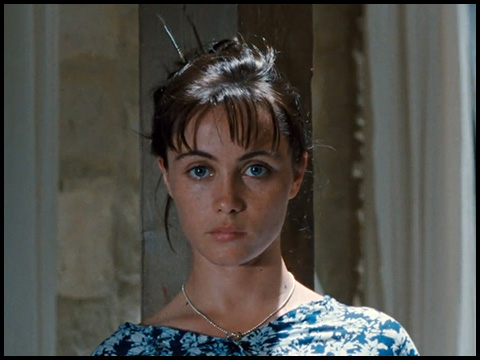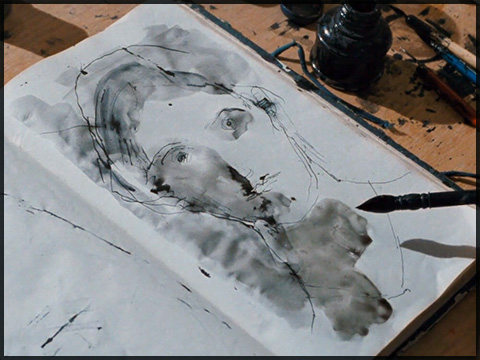John Darnielle, 2014
the forty-seventh book in the visitor recommendation series;
suggested by Sam Gracik
“It felt like so much was happening,” begins chapter 13 of Wolf in White Van. Let’s see what the fact-checkers have to say about that:

This is a book in which nothing happens.
Instead, the narrator very gradually reveals things that have already
happened.
Now, one could ask, isn’t that the case for most stories?
Aren’t most novels written in the past tense, often employing
narrators who don’t just relate the events from beginning to end
as they happened, but sprinkle in some observations that rely on
hindsight, or even skip around from one point in the past to
another?
And the answer is, sure, of course.
In fact, even the specific trick used throughout
Wolf in White Van is far from rare.
In my literature classes I have taught a few variations of a unit on
plot, and I put a particular spotlight on the use of elision, i.e., on
the way that a narrator will withhold important information for
effect.
An example I’ve used is a short story by Amy Hempel that starts
with two friends having a fairly lighthearted conversation, but soon an
attentive reader will pick up on some oddities here and there, and by
degrees it becomes clear that we are in the cancer ward of a hospital
and one of the friends has only days left to live.
The narrator could have begun, “So,
I went to go visit my former college roommate, who is now terminally
ill…”, but she deliberately refrains from spelling out the
full context of the conversation at the outset, because making readers
repeatedly revise their understanding of the situation is a big part
of the point of the story.
In a novel with any amount of backstory, this sort of thing is almost
inevitable: you can only reveal one thing at a time, and if you have
dozens of blanks to fill in, some of them will wind up getting filled
in late enough to feel like they’re paying off a deliberately
engineered mystery.
 spoilers start
spoilers start
here
But Wolf in White Van doesn’t have that
kind of backlog.
The entire story, such as it is, is this: the narrator, as a teenager,
attempted suicide but managed only to blow his face off with the
gunshot.
(There have been several cases like this in real life.)
While in the hospital, he dreams up a post-apocalyptic play-by-mail
adventure game, and when he is released, he manages to get enough
subscribers to support himself financially.
But two young players get sufficiently absorbed in the game that they
start to confuse fact and fiction, and when they try playing game moves
out in the real world, one dies of exposure; the protagonist is sued,
but prevails in court.
That’s the whole thing.
Could be a good short story.
Instead the author spins it out into 207 pages of vague hints and
oblique references.
And excerpts from the adventure game, which, the narrator confides,
deliberately doesn’t go anywhere.
He can’t actually let players reach their goal, because then
they’d be out of story and he’d stop getting their
subscription checks.
So he dawdles and dawdles and dawdles.
John Darnielle seems to have had the same philosophy.
China Miéville, 2016
the forty-eighth book in the visitor recommendation series;
suggested by Nik Dorff
When sorting my reading list, I gave books by authors I’ve already written about a penalty in order to bring authors who are new to me closer to the top. But in this case I waived that penalty, because China Miéville’s The City & The City was one of the two big winners to emerge from the first decade of the visitor recommendation series (the other was Cloud Atlas). And… I’m afraid that this one was not to my taste. It’s one of those fantasy stories that keeps the fantasy subtle: the narrator’s father performs magic, but we never actually see it on the page (other than in killings that are presumably offerings to the power allowing him to practice dark arts), and there is just enough technology around (e.g., flashlights) to leaven the fantasy village setting. The prose is written in a mythopoetic style (e.g., “A bridge is just better than no bridge but its horizon is gaplessness, and the fact of itself should shame it”) that some may enjoy but is not for me. But there’s actually another Miéville further down the list, so maybe I’ll like that one!

Honoré de Balzac, Pascal Bonitzer, Christine Laurent, and Jacques Rivette, 1991
#15 of 28 in the 20th century series
Hmm. I guess this is another one of those cases in which my teenage self saw a French movie and immediately declared it a favorite, because liking French movies demonstrates that one is a cultured individual. In this case there’s slightly more to it than that, because La Belle Noiseuse is a pretty audacious movie.
The story is that an art dealer brings along an up-and-coming painter, Nicolas, on a visit to his friend Frenhofer, an artist of some stature, now elderly and living in semi-retirement with his wife Liz. Frenhofer specializes in figure paintings, done from life; at dinner it comes out that he more or less stopped working after hitting a wall trying to complete his masterpiece, called, like the film, La Belle Noiseuse (“noiseuse” being 19th-century French slang for a quarrelsome woman—as noted above, this movie is based on a short story by Balzac). Liz was his model, and though she is a generation younger than he is, she has aged out of the role. Nicolas volunteers his girlfriend, Marianne, to take over as the model so Frenhofer can complete the work. You can probably guess a lot of the threads that spin off from that starting point. Marianne is less than thrilled to have been offered up to some geezer without her knowledge. Nicolas begins to worry that the bond between collaborators on a masterpiece will supplant a mere lovers’ bond. Liz feels like she’s being replaced. Frenhofer despairs that he has forever lost the gift for art he once possessed. Etc., etc.
But to a degree, these are all just sideshows. La Belle Noiseuse is four hours long, and the main reason is that we actually see this artwork take shape. A modeling sequence might start with some preliminary conversation between Frenhofer and Marianne. Soon it is time to get to work, and he will brusquely shove and twist her around into the contorted pose he wants to try out that session. And then she must maintain that pose, even as cramps and other pains set in, while he draws or paints. One of the top credits in this movie goes to an actual fine art figure painter, Bernard Dufour, as “the hand of the painter”, so the actual process is not glossed over: for minute after minute, we watch the pen, the charcoal, or the brush dart around the page or canvas, and see the sketch or painting slowly take shape. As noted, audacious! But if foreign plus audacious equaled good, that would mean having to like Gaspar Noé films, and that way lies madness. This time around, I had two big problems with La Belle Noiseuse:
First, the melodramatic way all the characters talk about art had me rolling my eyes. “If I go the whole way, there’s blood on the canvas.” “Where am I going? To the sky? Why not? Why wouldn’t a stroke of the paintbrush burst the sky?” Frenhofer talks about how it may look like he’s painting human bodies, but is actually capturing “Whirlwinds! Galaxies, the ebb and flow! Black holes! The chaos at the origin of the universe!” And everyone talks of the process of painting from a live model as full of “fear” and “danger”, not because of the threat of misconduct, but because it is apparently a psychologically devastating experience for both parties. As is, apparently, the final result. Everyone who sees the finished painting at the end of the film—which does not include the filmgoers, because the canvas is pointed away from us—falls apart. I could maybe buy this kind of talk applied to music. Maybe. Music does have a way of hacking directly into the neural architecture of emotion. But figure painting? There are certainly plenty of such paintings I really like, but applying the kind of rhetoric we hear in La Belle Noiseuse to this art form strikes me as silly.
But even if it didn’t, applying it to this guy’s work certainly would. Obviously the art world disagrees, but I find most of Dufour’s work laughably bad. For instance, here’s Marianne posing for a portrait:

And here is Dufour’s completed rendition:

So, yeah, this guy ain’t exactly Bouguereau. Which I suppose is the point—Bouguereau came to be despised by those in the art world who said his paintings had no “blood on the canvas”, and preferred these sorts of grotesqueries. But to me, the art style in La Belle Noiseuse made Rivette’s accomplishment here the equivalent of making a movie about a musician trying to come up with one last immortal opus and having the music supplied by Shittyflute.
 |
 |
 |
 |
||
|---|---|---|---|---|---|
Tumblr |
this site |
Calendar page |
|||

